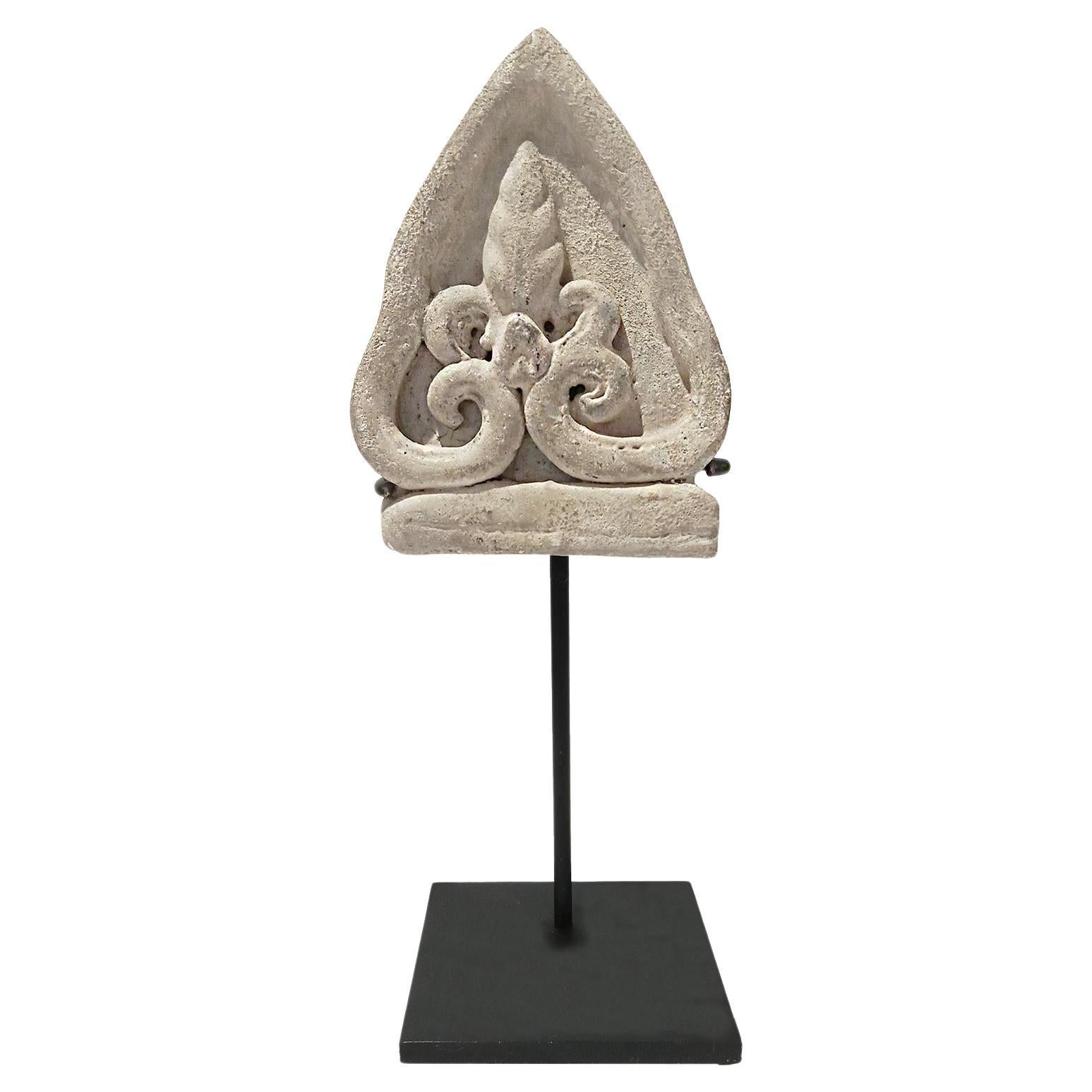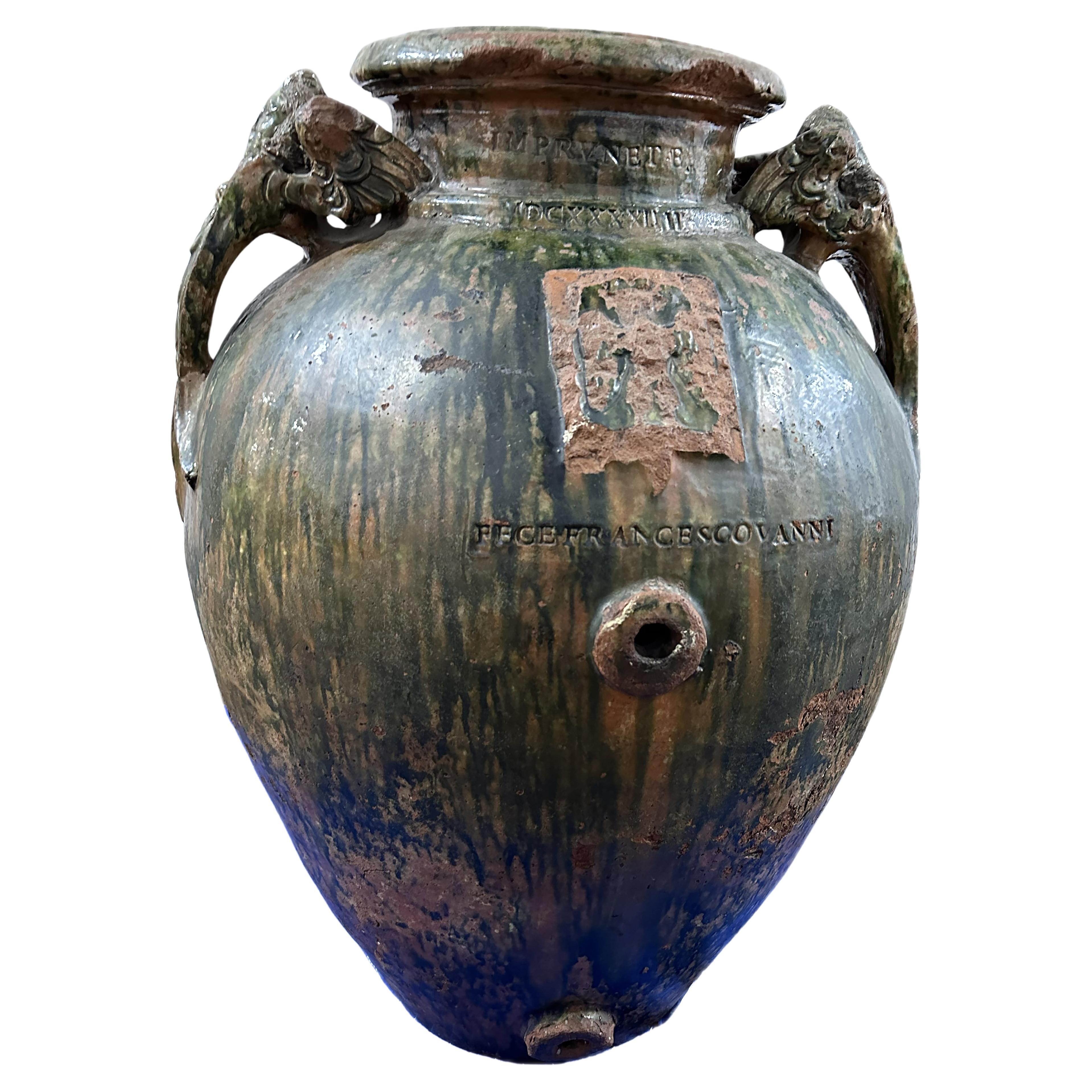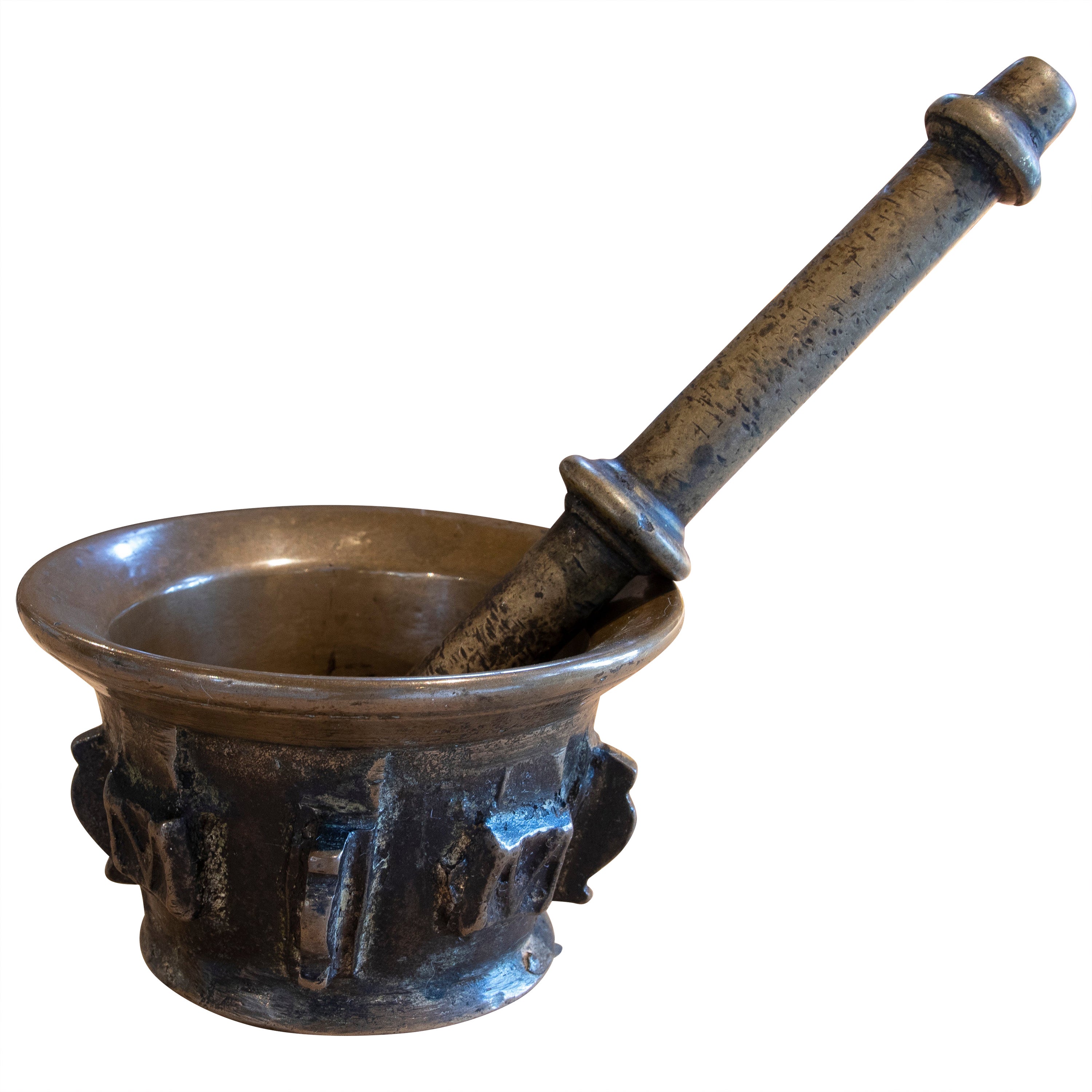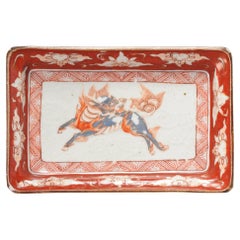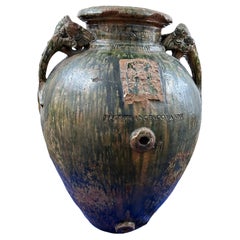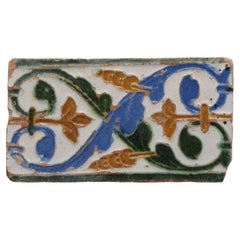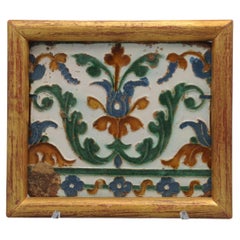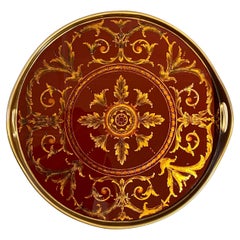16th Century Serveware, Ceramics, Silver and Glass
Japanese Antique 16th Century Serveware, Ceramics, Silver and Glass
Porcelain
Italian Antique 16th Century Serveware, Ceramics, Silver and Glass
Ceramic
Spanish Renaissance Antique 16th Century Serveware, Ceramics, Silver and Glass
Earthenware
Spanish Renaissance Antique 16th Century Serveware, Ceramics, Silver and Glass
Earthenware
Spanish Renaissance Antique 16th Century Serveware, Ceramics, Silver and Glass
Earthenware
Renaissance Revival Antique 16th Century Serveware, Ceramics, Silver and Glass
Gold Leaf
Italian Antique 16th Century Serveware, Ceramics, Silver and Glass
Copper
Persian Antique 16th Century Serveware, Ceramics, Silver and Glass
Copper
Vietnamese Other Antique 16th Century Serveware, Ceramics, Silver and Glass
Pottery
Chinese Antique 16th Century Serveware, Ceramics, Silver and Glass
Porcelain
Nigerien Tribal Antique 16th Century Serveware, Ceramics, Silver and Glass
Terracotta
Chinese Other Antique 16th Century Serveware, Ceramics, Silver and Glass
Pottery
Antique 16th Century Serveware, Ceramics, Silver and Glass
Pottery
Chinese Ming Antique 16th Century Serveware, Ceramics, Silver and Glass
Porcelain
Spanish Antique 16th Century Serveware, Ceramics, Silver and Glass
Ceramic
Spanish Antique 16th Century Serveware, Ceramics, Silver and Glass
Ceramic
Spanish Antique 16th Century Serveware, Ceramics, Silver and Glass
Bronze
Spanish Antique 16th Century Serveware, Ceramics, Silver and Glass
Ceramic
Spanish Antique 16th Century Serveware, Ceramics, Silver and Glass
Ceramic
Italian Renaissance Antique 16th Century Serveware, Ceramics, Silver and Glass
Maiolica
Italian Renaissance Antique 16th Century Serveware, Ceramics, Silver and Glass
Glass
Italian Renaissance Antique 16th Century Serveware, Ceramics, Silver and Glass
Glass
Italian Renaissance Antique 16th Century Serveware, Ceramics, Silver and Glass
Maiolica
Spanish Renaissance Antique 16th Century Serveware, Ceramics, Silver and Glass
Silver
French Louis XIV Antique 16th Century Serveware, Ceramics, Silver and Glass
Sterling Silver
Italian Renaissance Antique 16th Century Serveware, Ceramics, Silver and Glass
Maiolica
Italian Renaissance Antique 16th Century Serveware, Ceramics, Silver and Glass
Maiolica
Spanish Antique 16th Century Serveware, Ceramics, Silver and Glass
Iron
English Elizabethan Antique 16th Century Serveware, Ceramics, Silver and Glass
Sterling Silver
Italian Renaissance Antique 16th Century Serveware, Ceramics, Silver and Glass
Maiolica
Japanese Antique 16th Century Serveware, Ceramics, Silver and Glass
Wood
French Majolica Pottery Antique 16th Century Serveware, Ceramics, Silver and Glass
Majolica, Pottery, Earthenware
Spanish Renaissance Antique 16th Century Serveware, Ceramics, Silver and Glass
Silver
English Elizabethan Antique 16th Century Serveware, Ceramics, Silver and Glass
Silver
Read More
How the Chunky, Funky Ceramics of 5 Mid-Century American Artists Balanced Out Slick Modernism
Get to know the innovators behind the pottery countercultural revolution.
Ready for a Cinderella Moment? This Glass Handbag Is a Perfect Fit
Glass slippers might be the stuff of fairytales, but glass handbags? Artist Joshua Raiffe has made them a reality, and they're far less delicate than you might imagine, but just as dreamy.
With Dansk, Jens Quistgaard Delivered Danish Simplicity to American Tables
When a visionary Copenhagen designer teamed up with an enterprising Long Island couple, Scandi-style magic landed in kitchens and dining rooms across the United States.
Hostess Extraordinaire Aerin Lauder Shares Entertaining Tips and Auction Picks
The arbiter of good taste, who has curated a collection for 1stDibs Auctions, invites 1stDibs inside her family’s Hamptons barn for a firsthand look at her welcoming style.
Handmade with Lab-Grade Glass, This Decanter Holds Your Favorite Cocktail Concoctions
Artist Simone Crestani conjures the fascination you remember from Chemistry 101.
28 Cheerful Home Bars, Where Everybody (Literally) Knows Your Name
Simple or sophisticated, equipped with console, cart or custom cabinetry, these stylish bar areas deserve a toast.
Meet the Celebrated Hostess Whose Magical Tabletops Enhance Every Occasion
For Stephanie Booth Shafran, entertaining guests is about opening her heart as well as her home.
How to Identify Real Capodimonte Porcelain
Early examples by the Italian manufacturer can be hard to come by, but the best later pieces possess the same over-the-top charm.
